Future Trends in Headless CMS and How Orbitype is Leading the Way

Trend 1: Omnichannel Content Delivery
Consumers now interact with brands across multiple channels – websites, mobile apps, social media, IoT devices, and more. Ensuring a consistent and seamless content experience across all these touchpoints is crucial.
Orbitype’s Innovation: Orbitype excels in omnichannel content delivery. Its API-first architecture allows content to be fetched and displayed on any device or platform. Whether it’s a mobile app, a website, or a digital billboard, Orbitype ensures that content is delivered consistently and efficiently. This flexibility helps brands maintain a unified voice and presence across all channels.
Trend 2: Improved Developer Experience
A significant trend in the headless CMS space is the focus on improving the developer experience. This involves providing robust APIs, comprehensive documentation, and efficient development tools that streamline the process of integrating and managing the CMS.
Orbitype’s Innovation: Orbitype is designed with developers in mind. It offers an intuitive interface, detailed documentation, and powerful APIs that make it easy to integrate with various front-end frameworks and tools. The platform supports a wide range of programming languages and frameworks, enabling developers to choose the best tools for their projects. This focus on developer experience accelerates the development process and reduces time-to-market for new features and applications.
Trend 3: Enhanced Security Measures
With the increasing amount of data breaches and cyber threats, security has become a top priority for businesses. A headless CMS must ensure that content and user data are protected at all times.
Orbitype’s Innovation: Orbitype places a strong emphasis on security. It offers advanced security features such as end-to-end encryption, secure API endpoints, and robust authentication and authorization mechanisms. Regular security audits and updates ensure that Orbitype stays ahead of potential threats, providing peace of mind to its users.
Trend 4: Greater Flexibility and Customization
Businesses have unique needs and require CMS solutions that can be tailored to their specific requirements. The trend is moving towards more flexible and customizable CMS platforms that can adapt to various business models and workflows.
Orbitype’s Innovation: Orbitype provides unparalleled flexibility and customization options. Its modular architecture allows users to extend and modify the platform to suit their needs. Custom plugins, integrations, and workflows can be easily developed, enabling businesses to create a CMS that perfectly aligns with their processes and goals. This level of customization ensures that Orbitype can meet the demands of any business, regardless of size or industry.
Trend 5: Collaboration and Workflow Optimization
Effective collaboration and streamlined workflows are essential for efficient content management. The trend is towards CMS solutions that offer robust collaboration tools and workflow optimization features.
Orbitype’s Innovation: Orbitype includes a suite of collaboration and workflow optimization tools. It supports version control, multi-user collaboration, and detailed permission settings, allowing teams to work together seamlessly. Automated workflows and task assignments ensure that content moves smoothly from creation to publication, reducing bottlenecks and improving productivity. These features make Orbitype an ideal choice for organizations looking to enhance their content management processes.
Conclusion
The headless CMS landscape is rapidly evolving, driven by advancements in technology and changing user expectations. Orbitype is leading the way by embracing these trends and continuously innovating to provide a cutting-edge CMS solution. By integrating AI and ML, ensuring omnichannel content delivery, enhancing security, offering unparalleled flexibility, and optimizing collaboration and workflows, Orbitype is setting a new standard in the headless CMS industry.
Explore the Documentation Section!
Learn more about our features and how to use them by visiting our documentation section.
Step 1: Visit the orbitype.com on any website you using.
Step 2: Browse through the different sections such as Home, Solutions, Blog, Documentation and Pricing.
Step 3: Go to the Orbitype Documentation page.
Step 4: Click on any section to access detailed articles and guides that help you make the most of Orbitype’s features.
Step 5: Scroll and read the Learning Path shows on the section
Contact Us:
If you have any questions or need further assistance, feel free to contact us.
Read more
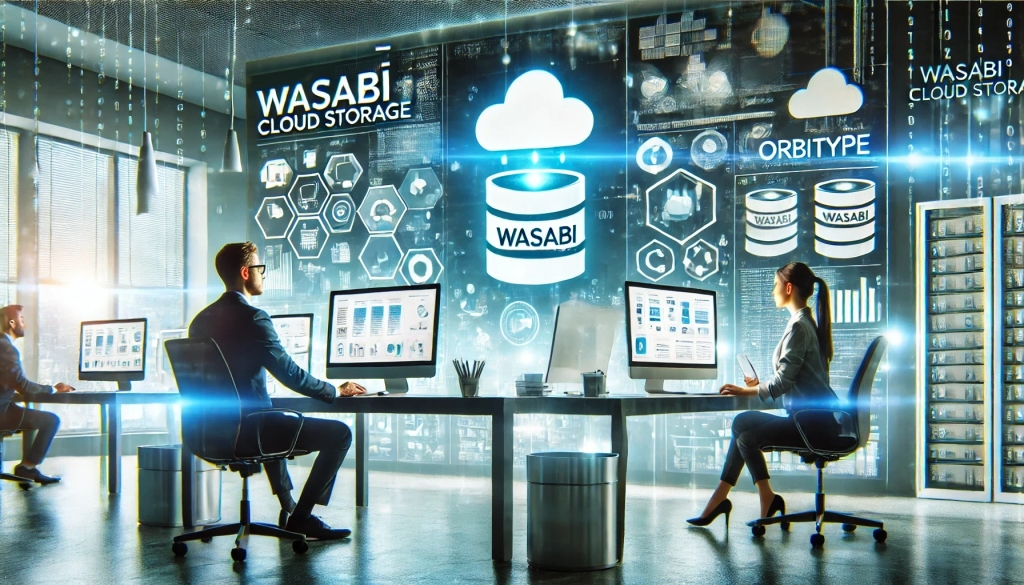
Seamless Data Management: Integrating Wasabi Cloud Storage with Orbitype
Boost your CMS performance with Wasabi Cloud Storage and Orbitype integration. Learn how this cost-effective, scalable solution enhances data management and delivers exceptional results.
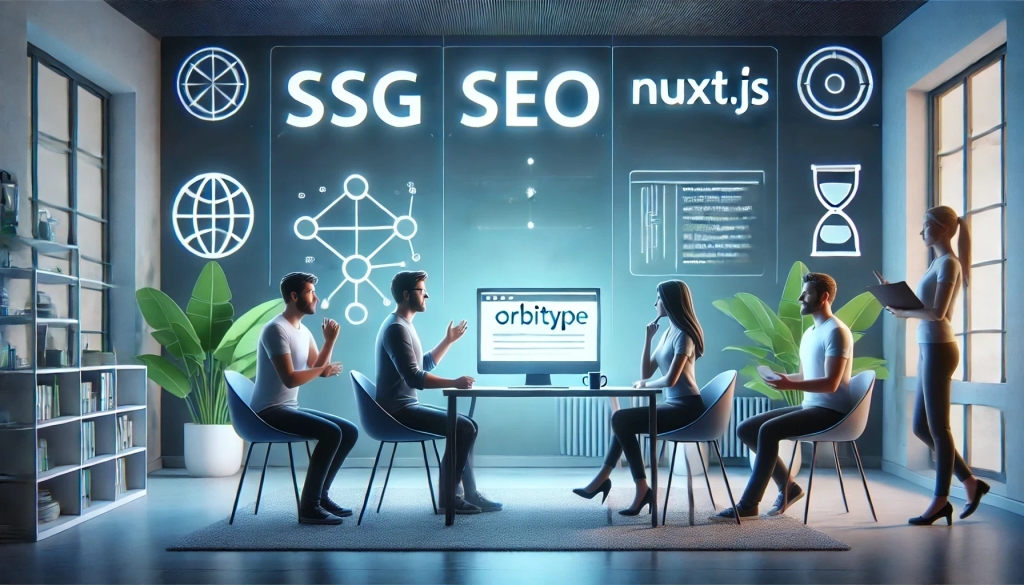
Integrating Orbitype with Nuxt.js for Optimal Performance and SEO
Leveraging Orbitype, a robust headless CMS, with Nuxt.js, a Vue.js framework, provides developers a powerful solution for building fast, SEO-optimized websites. This blog post explores how the integration of Orbitype and Nuxt.js harnesses the benefits of static site generation (SSG) and server-side rendering (SSR), thanks to Orbitype's API-driven content management system.
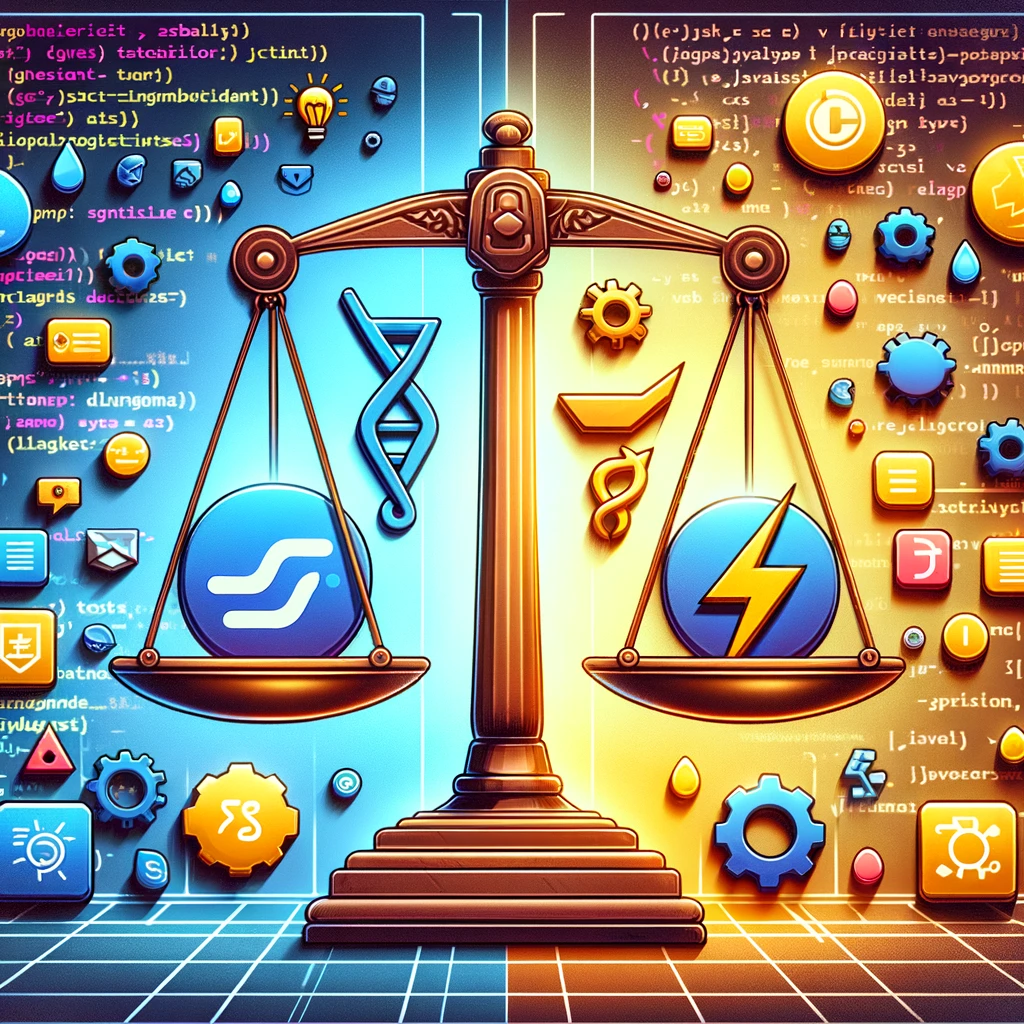
TypeScript vs. JavaScript
Discover the synergy between TypeScript and JavaScript for web development. Learn how Orbitype supports Nuxt CMS, headless CMS for Nuxt, and future-ready digital trends.
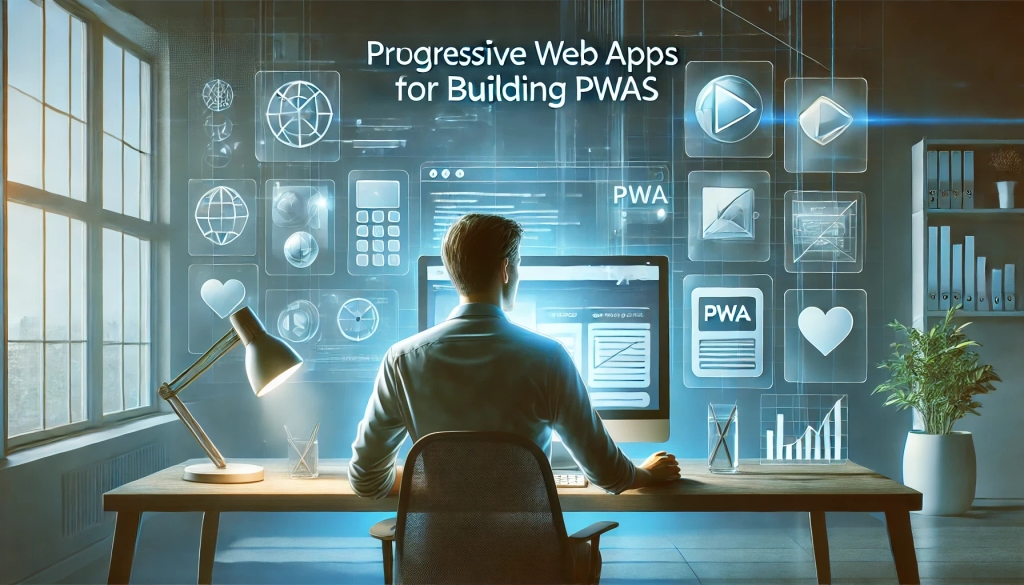
Building Progressive Web Apps (PWAs) with Orbitype
Explore how Orbitype enhances Progressive Web Apps (PWAs) with optimized performance, offline capabilities, and seamless content management for superior user experiences.
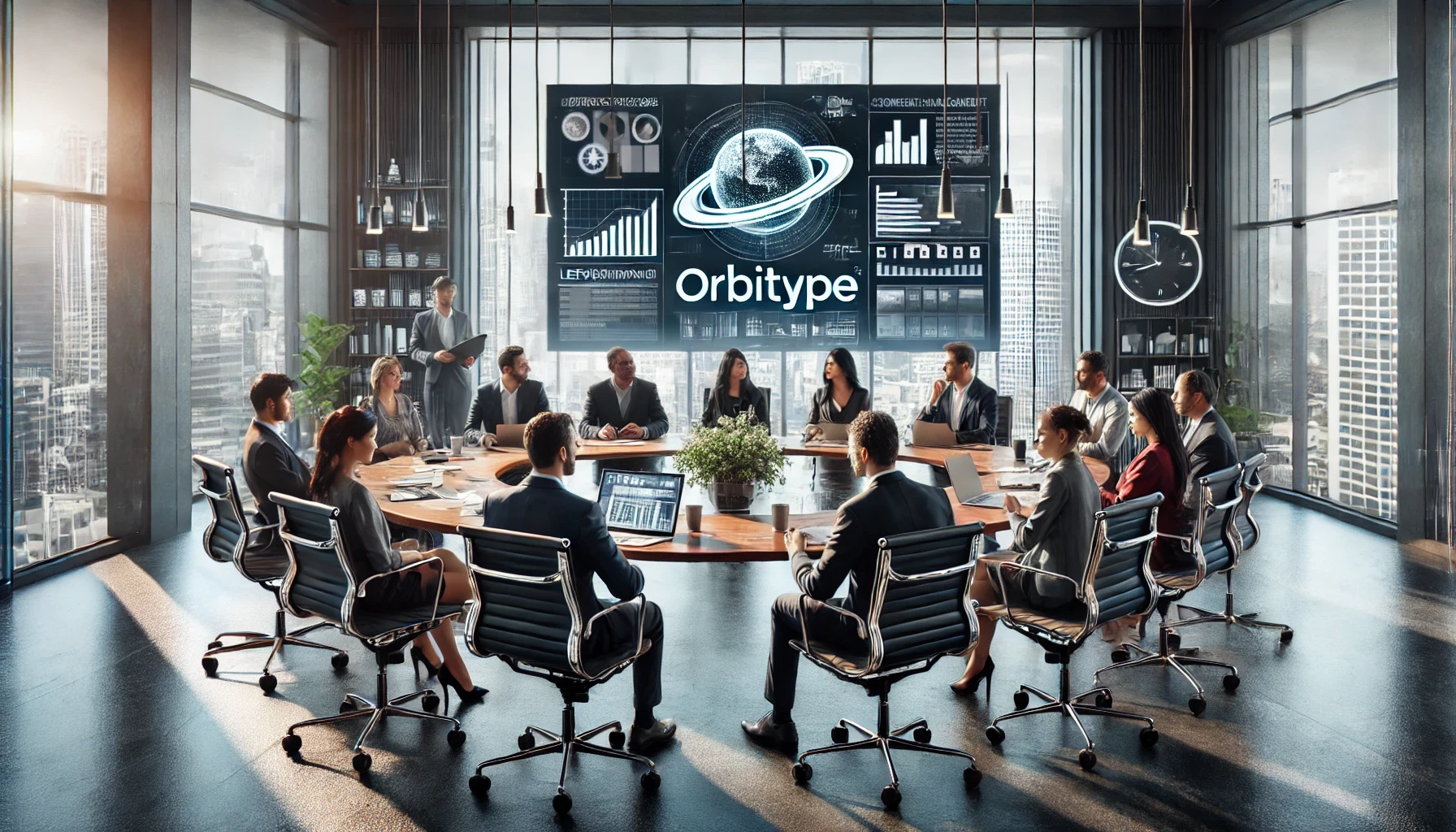
Leveraging Orbitype for Efficient Content Management in E-Commerce
nhance your e-commerce performance with Orbitype CMS. This scalable headless CMS simplifies content management, boosts SEO, and seamlessly integrates with Shopify, WooCommerce, and Magento for dynamic, flexible solutions.

Mastering Third-Party Integrations with a Headless CMS for Efficient Workflows
Streamline workflows and scale your business with seamless third-party integrations using Orbitype's flexible headless CMS—designed for efficiency, automation, and growth.
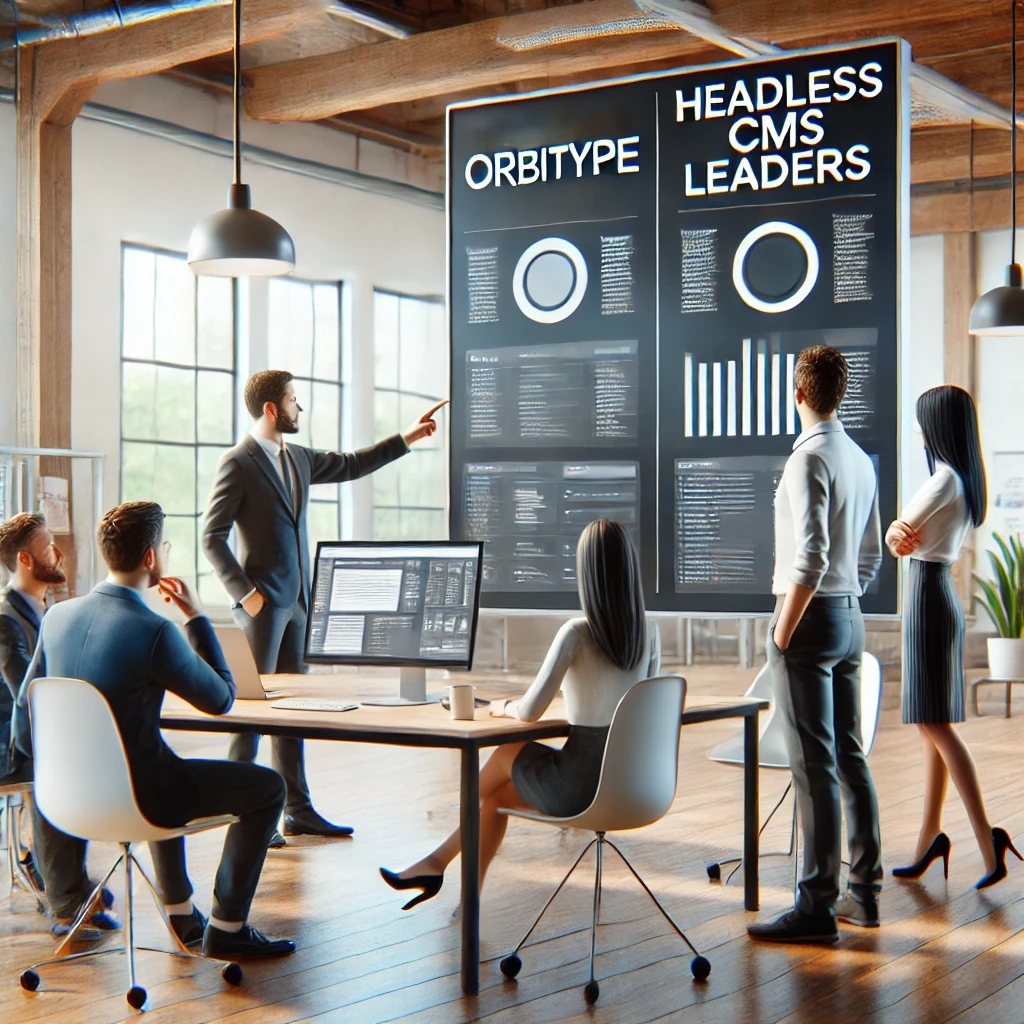
How Orbitype Compares to Headless CMS Leaders in 2025
Struggling to choose the best CMS? Discover how Orbitype compares to headless CMS leaders in 2025, solving complexity and scalability challenges with ease. Try Orbitype!
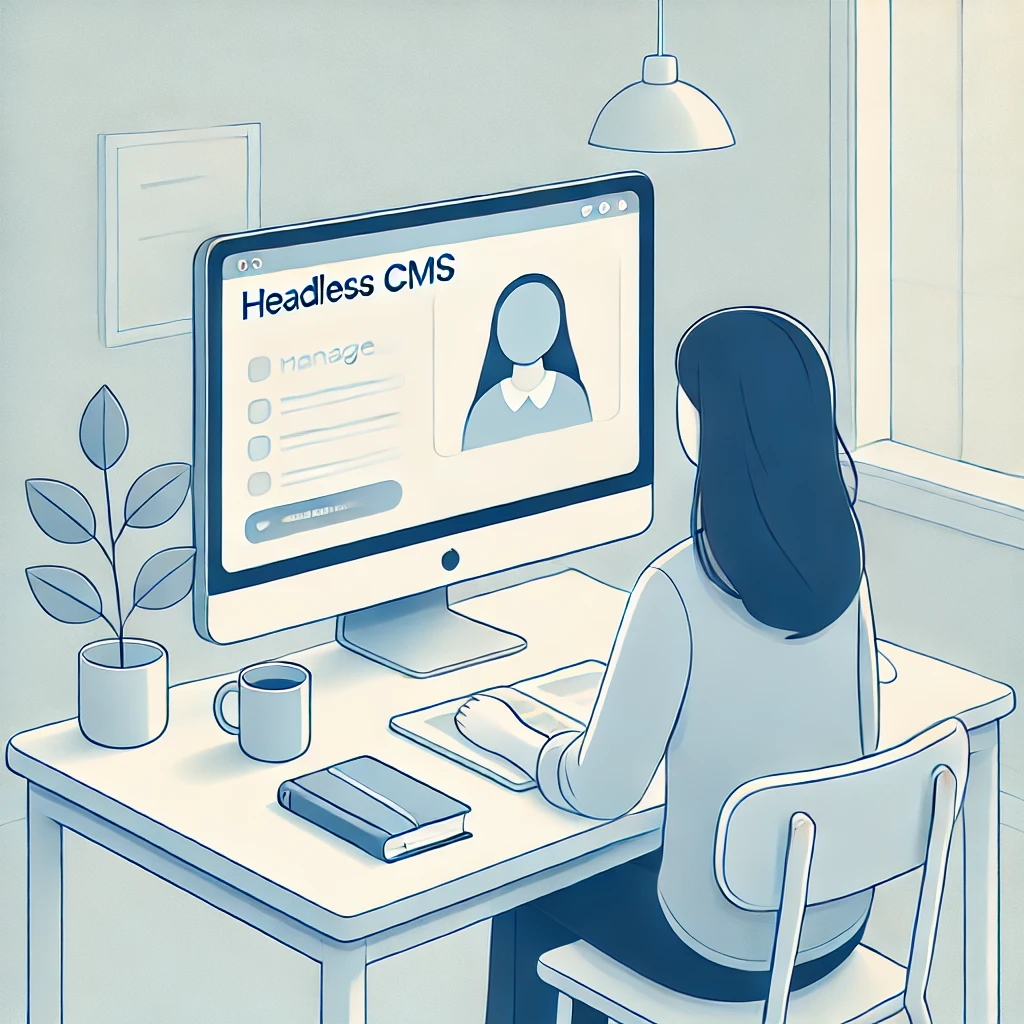
How Educational Institutions Benefit from Headless CMS for Online Learning
Enhance online learning with a Headless CMS. Discover how centralized content management, scalability, and seamless multi-channel access can transform educational platforms.
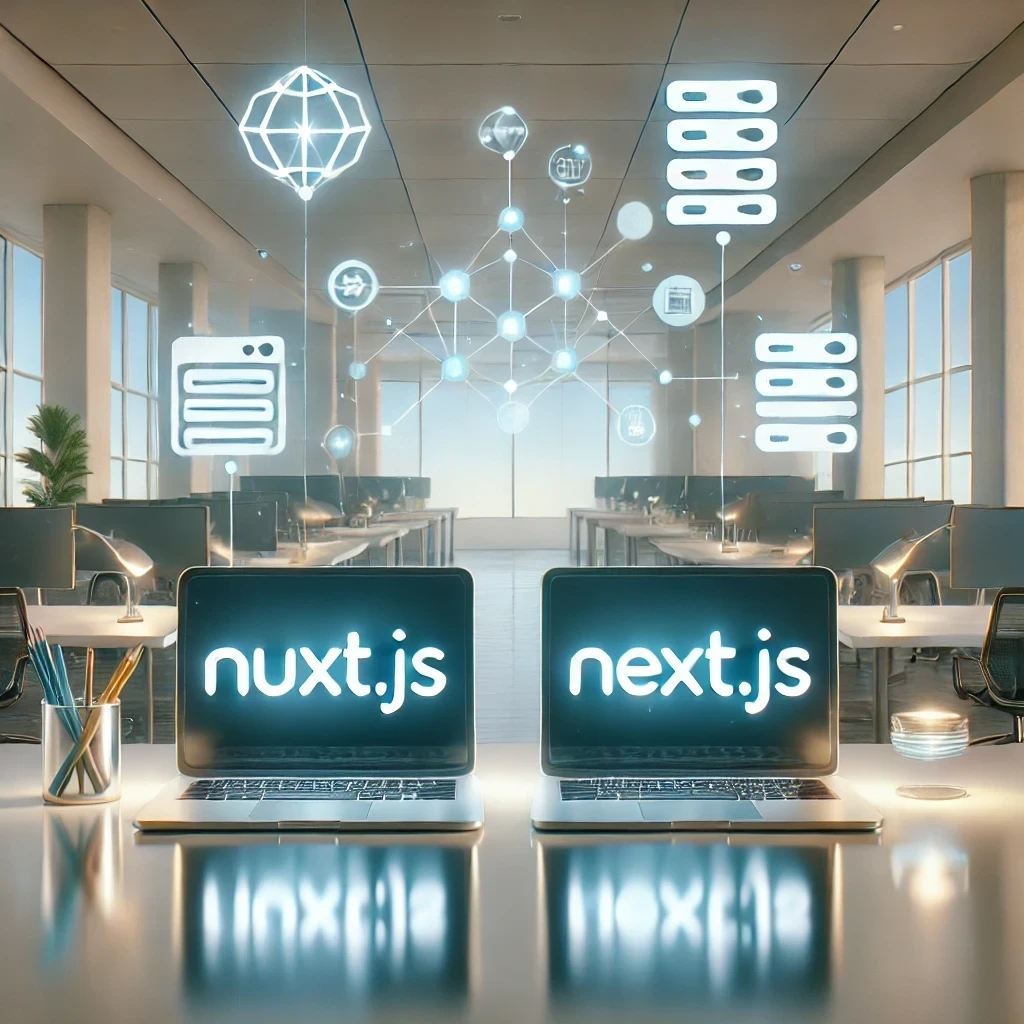
Nuxt vs Next: Which Framework Works Best with Headless CMS?
Compare Nuxt.js and Next.js to find the best frontend framework for your Headless CMS. Discover which offers better performance, scalability, and flexibility for dynamic web projects.
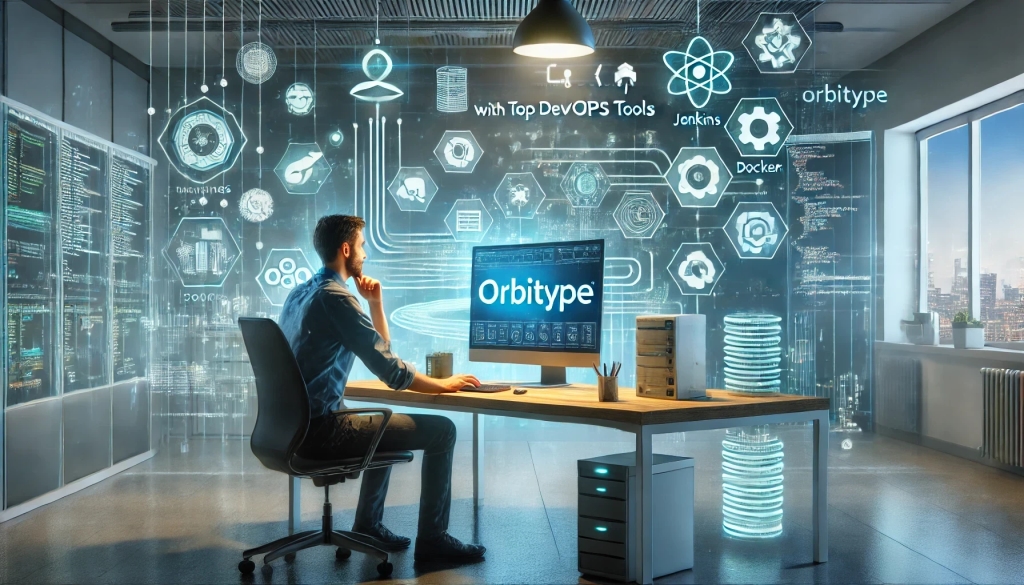
Streamlining Development: Integrating Orbitype with Top DevOps Tools
Discover how to integrate Orbitype with leading DevOps tools like Jenkins, Docker, and Kubernetes. Learn best practices for automating deployments, containerizing Orbitype, and scaling efficiently while streamlining workflows for continuous integration and delivery.
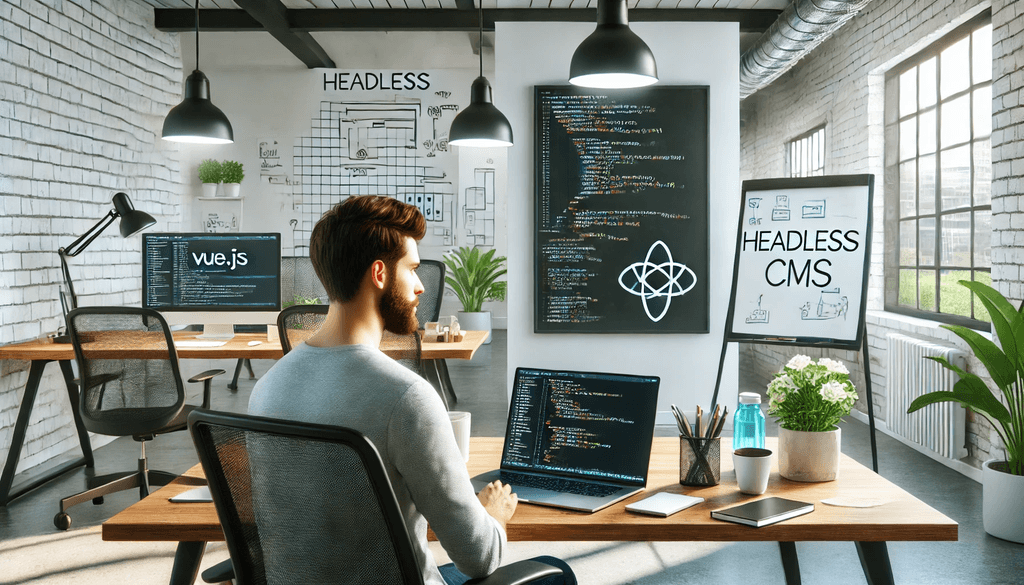
Building High-Performance Vue Apps with a Headless CMS
Discover how to optimize Vue.js apps with a Headless CMS for high performance, scalability, and SEO. Learn best practices and tools for creating dynamic web apps.

SQL or NoSQL: What's Best for Mobile Applications Using Orbitype?
Explore Orbitype, the ultimate headless CMS for React developers, offering seamless content management, enhanced performance, and flexibility to create dynamic web applications with ease. Learn how Orbitype simplifies workflows and boosts productivity.
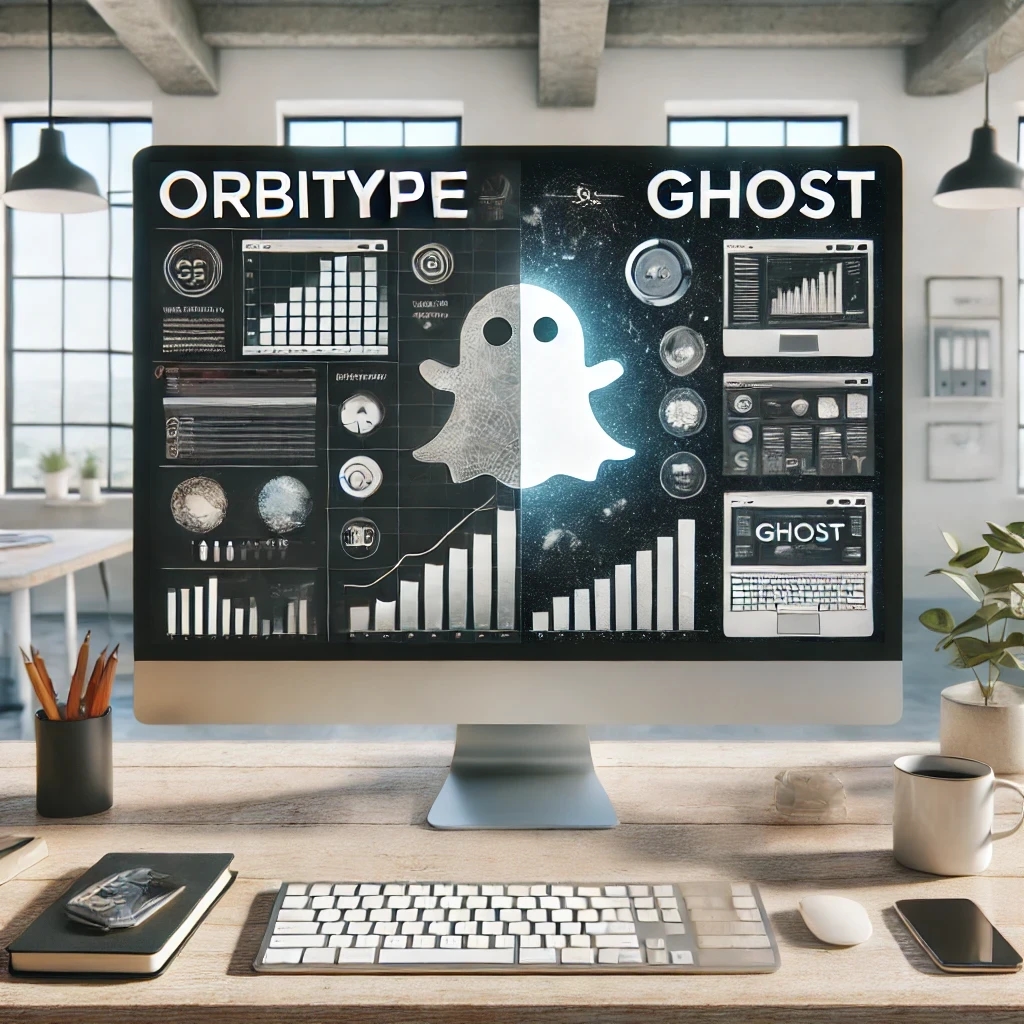
Comparing Orbitype and Ghost: Best CMS for Blogging in 2025
Compare Orbitype and Ghost to find the best CMS for blogging in 2025. Discover which platform suits your goals, from scalability to simplicity and dynamic content
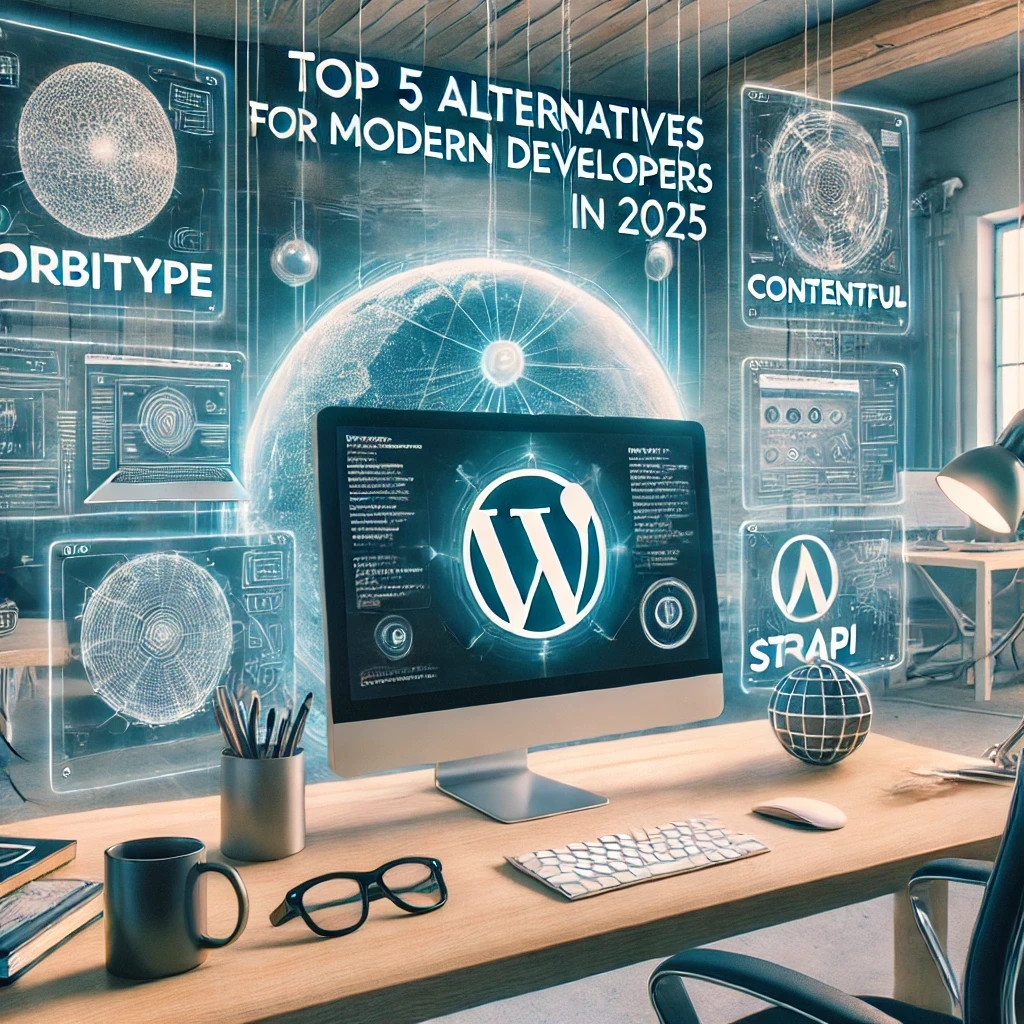
Top 5 Alternatives to WordPress for Modern Developers in 2025
Discover the top WordPress alternatives for 2025, including Orbitype, Contentful, and Strapi. Explore modern CMS platforms offering scalability, flexibility, and cutting-edge tools for developers.

Security and Compliance in Headless CMS: Focus on Orbitype
Explore headless CMS security with Orbitype: advanced authentication, data encryption, and compliance with GDPR & CCPA. Learn best practices for secure CMS operations.

10 Tips for Optimizing Core Web Vitals in Headless CMS Websites
Discover 10 actionable tips to optimize Core Web Vitals for Headless CMS websites. Improve performance, SEO, and user experience with these essential strategies.
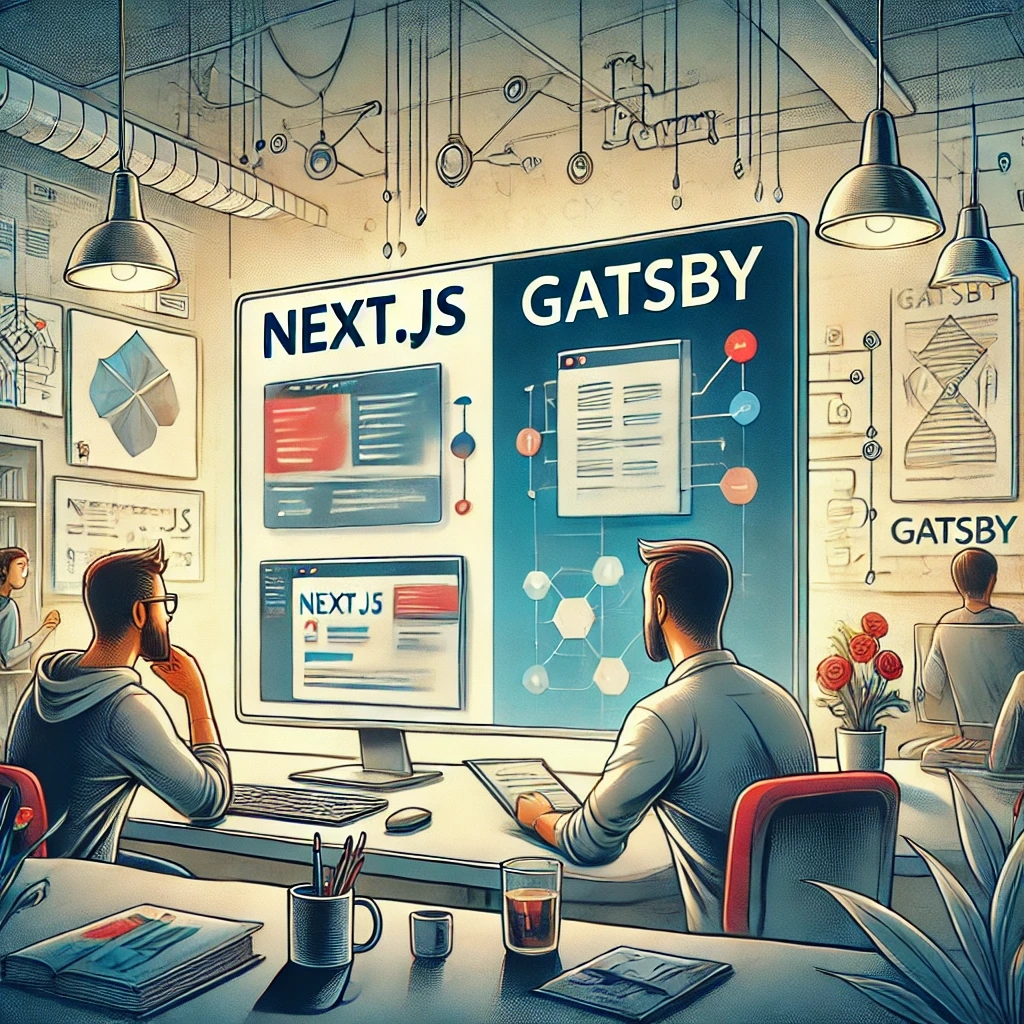
Next.js vs Gatsby: Which Works Best With a Headless CMS?
Choosing between Next.js and Gatsby can be challenging when working with a Headless CMS. This guide breaks down their strengths and helps you decide which framework works best for your dynamic or static content needs.

CMS for Vue.Js - Orbitype Headless CMS
Explore Orbitype, the best Headless CMS for Vue.js, offering seamless API integration, dynamic content management, and unmatched performance for interactive front-end development.
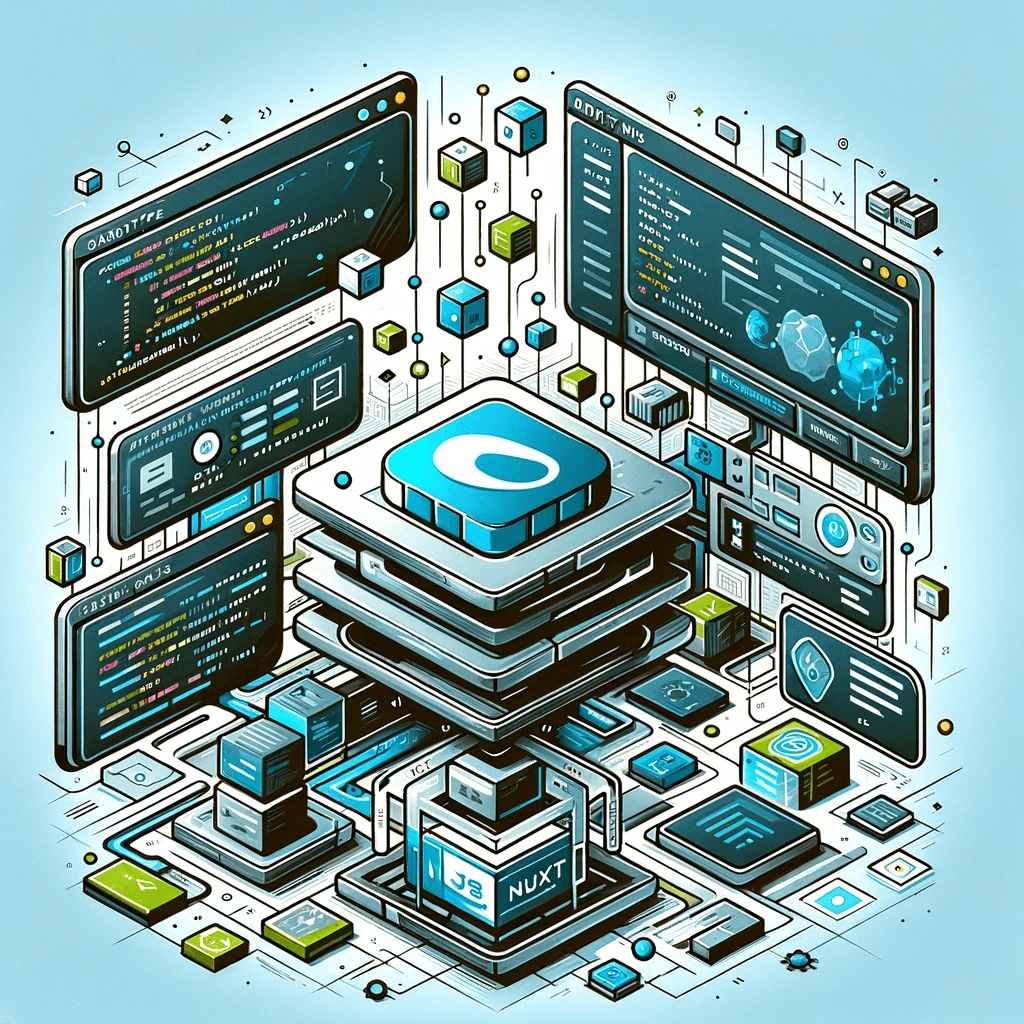
CMS for Nuxt - Orbitype Headless CMS
Optimize your Nuxt.js projects with Orbitype, the API-first Headless CMS offering scalable content management, multimedia repositories, and enhanced SEO for modern web applications.
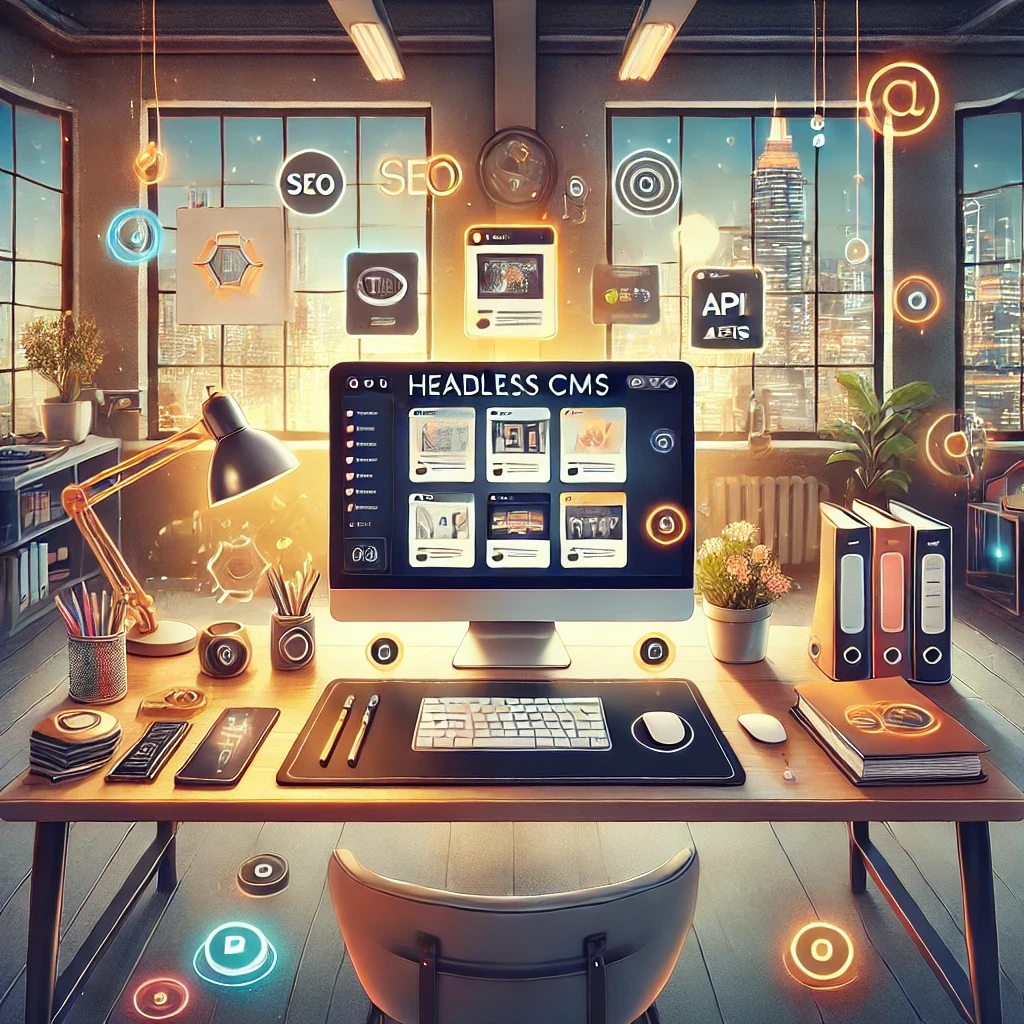
Best Headless CMS Solutions for Portfolio and Personal Websites
Showcase your work with ease using Orbitype—the ultimate Headless CMS for portfolio and personal websites. Enjoy seamless integration, powerful customization, and SEO-friendly features designed for creators and developers.
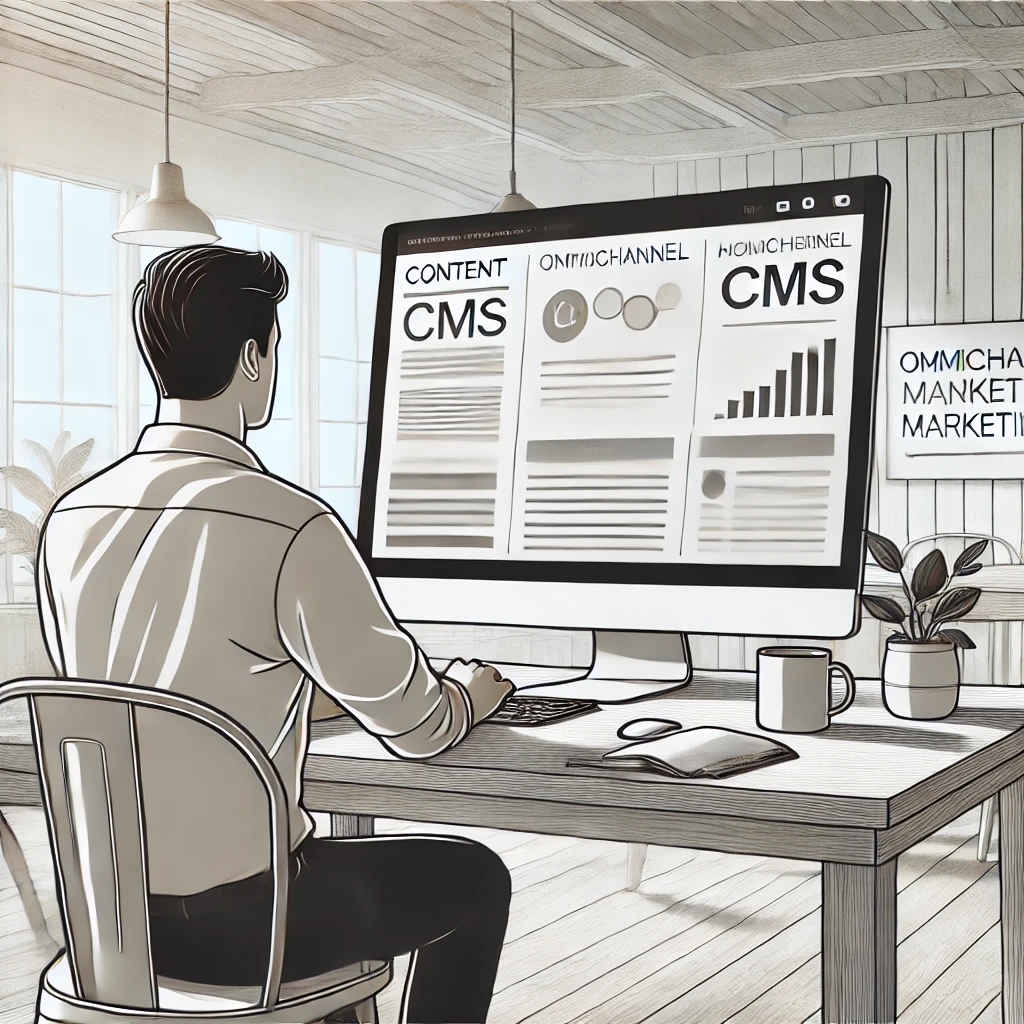
How Headless CMS Empowers Omnichannel Marketing Strategies
Boost your omnichannel marketing strategy with a Headless CMS. Centralize content management, deliver personalized customer experiences, and ensure consistency across platforms.

How to Scale Your Website with a Headless CMS for High Traffic
Scale your website effortlessly with a headless CMS like Orbitype—achieve faster load times, seamless scalability, and reliable performance during high-traffic surges
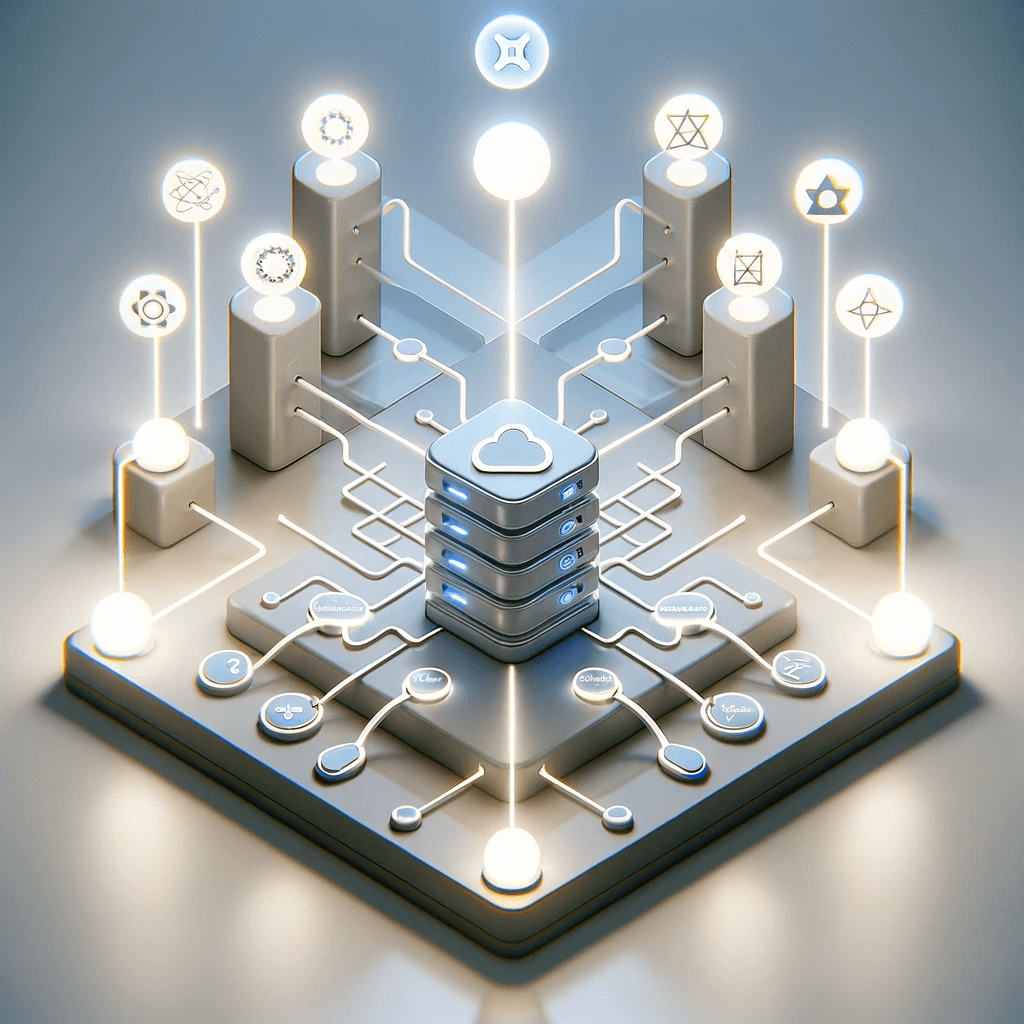
CMS for React - Orbitype Headless CMS
Orbitype is the ideal CMS for React developers, combining seamless API integration, flexible content management, and scalability to create fast, dynamic, and customizable web applications effortlessly.
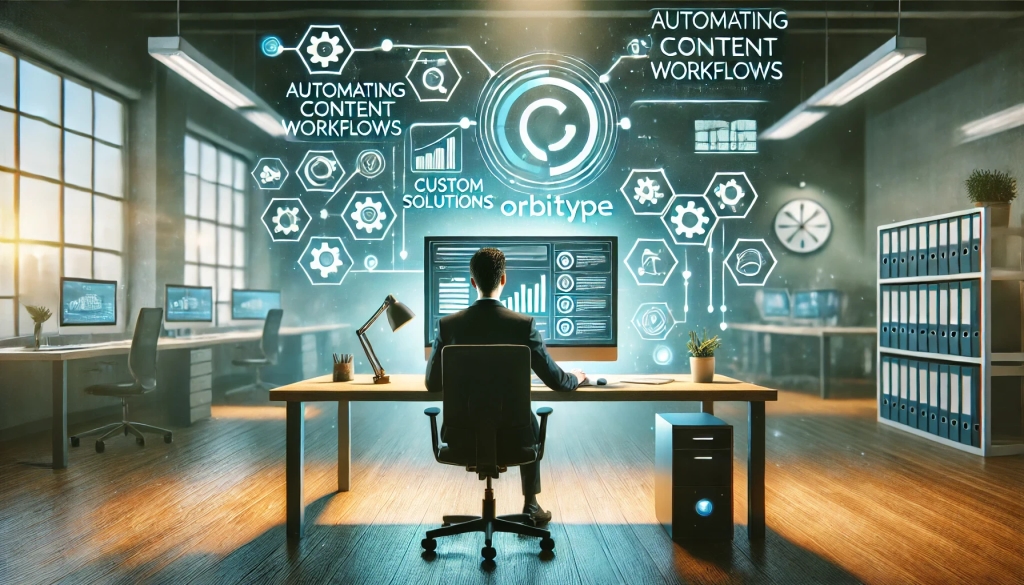
Automating Content Workflows with Orbitype’s Custom Solutions
Discover how Orbitype's custom CRM and ERP solutions revolutionize content workflows. Automate processes, reduce manual tasks, and improve productivity for software development agencies with tailored tools for seamless collaboration and efficiency.